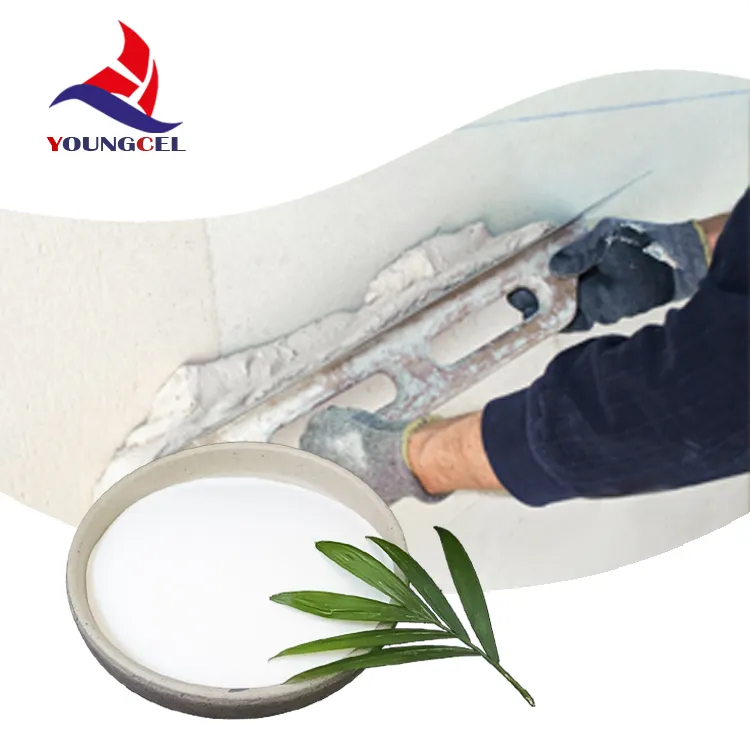The Impact of HPMC 200000 CPS on Modern Industry
Hydroxypropyl Methylcellulose (HPMC) is a versatile cellulose derivative that has gained significant attention in various industrial applications, particularly in the pharmaceutical, food, and construction sectors. Among the various grades of HPMC, HPMC 200000 CPS (centipoise) stands out due to its unique properties that cater to the specific needs of these industries. This article will delve into the characteristics, benefits, and applications of HPMC 200000 CPS in modern industry.
Characteristics of HPMC 200000 CPS
HPMC 200000 CPS is characterized by its high viscosity, making it an excellent thickening agent. This property is crucial in industries requiring precise control over the texture and consistency of products. HPMC is a non-ionic, water-soluble polymer derived from cellulose, which means it is biodegradable and environmentally friendly. This sustainability aspect has made HPMC increasingly attractive in settings where eco-friendliness is a concern.
The molecular weight of HPMC 200000 CPS plays a critical role in its functionality. A higher molecular weight contributes to its viscosity, allowing it to create stable dispersions and emulsions. Its temperature, pH stability, and shear-thinning properties also make it an effective ingredient in various formulations.
Benefits of HPMC 200000 CPS
The adoption of HPMC 200000 CPS brings a plethora of benefits to various industries. One of the primary advantages is its ability to enhance the texture and mouthfeel of food products, making it particularly valuable in the food industry. Whether it is used in dairy products, sauces, or bakery items, HPMC improves the overall sensory experience for consumers.
In the pharmaceutical sector, HPMC serves as a binder and film-forming agent in tablet formulations. Its ability to provide controlled release of active pharmaceutical ingredients (APIs) has made it an essential component in formulating sustained-release medications, thereby improving patient compliance and therapeutic outcomes.
hpmc 200000 cps

Furthermore, in the construction industry, HPMC 200000 CPS is often used as an additive in cement and plaster formulations. Its water retention properties ensure that the products maintain their workability for longer periods, which is crucial in a fast-paced construction environment. This quality not only enhances the application process but also contributes to the durability and strength of the final product.
Applications of HPMC 200000 CPS
The versatility of HPMC 200000 CPS allows it to be used across a broad spectrum of applications. In the food industry, it is utilized as a thickening, emulsifying, and stabilizing agent. Common products that feature HPMC include ice creams, sauces, and dressings, where it improves texture and prevents separation.
In pharmaceuticals, HPMC is a significant component in the production of oral tablets and capsules. It functions as a binding agent that facilitates the creation of cohesive formulations. Moreover, its role in controlled-release formulations helps achieve optimal drug delivery profiles, enhancing the efficacy of treatments.
The construction industry also benefits from HPMC 200000 CPS in various ways. It is incorporated into mortars, plasters, and tile adhesives to enhance adhesion, flexibility, and water retention. This helps in achieving better performance characteristics and ensures that construction materials can withstand diverse environmental conditions.
Conclusion
HPMC 200000 CPS has emerged as a critical ingredient in multiple sectors, proving its worth as a multifunctional additive that enhances product performance. Its unique properties not only contribute to the efficiency of industrial processes but also align with the growing demand for sustainable and environmentally friendly materials. As industries continue to evolve, HPMC will likely play an increasingly important role in meeting the challenges of modern production and consumer expectations. Through its profound impact, HPMC 200000 CPS is set to remain at the forefront of innovation in various industrial applications.
-
The Application and Significance of Construction RdpNewsMay.19,2025
-
Industrial Grade HpmcNewsMay.19,2025
-
Building Coating Adhesive Building Coating Adhesive HpmcNewsMay.19,2025
-
Application Of Hpmc For Detergent For Detergent In DetergentsNewsMay.19,2025
-
Application Of Hpmc Cellulose In Cement-Based MaterialsNewsMay.19,2025
-
Application Of High Quality Hpmc For Construction In The Field Of ConstructionNewsMay.19,2025




